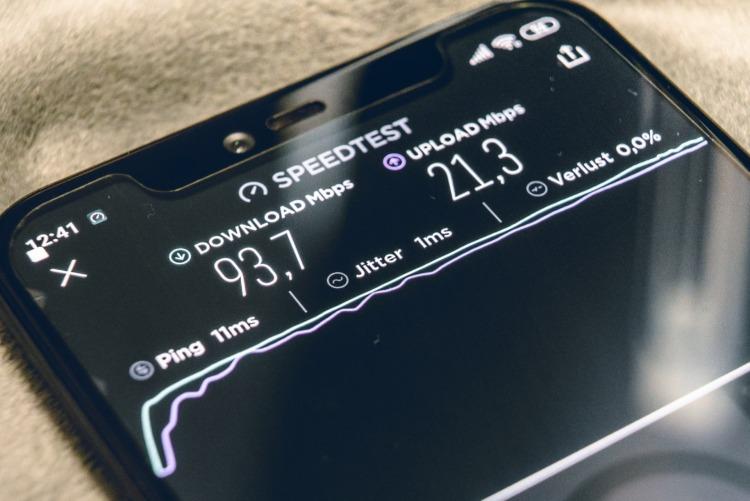5G mobile subscriptions will exceed 580 million by the end of 2021, driven by an estimated one million new 5G mobile subscriptions every day.
This is according to the latest Ericsson Mobility Report which confirms the expectation that 5G will become the fastest adopted mobile generation.
The report indicates that 5G is expected to surpass a billion subscriptions two years ahead of the 4G LTE timeline for the same milestone.
It features breakout statistics from Sub-Saharan African markets where around 15 percent of mobile subscriptions were for 4G at the end of 2020.
“4G will remain the dominant mobile access technology by subscription over the forecast period,” the report says.
During 1Q21, 4G subscriptions increased by approximately 100 million, exceeding 4.6 billion, equaling 58 percent of all mobile subscriptions.
It is projected to peak during the year at 4.8 billion subscriptions before declining to around 3.9 billion subscriptions by the end of 2026 as more subscribers migrate to 5G.
Mobile broadband subscriptions in Sub-Saharan Africa are predicted to increase, reaching 76 percent of mobile subscriptions by 2026.
However, 5G volumes are not expected to grow in the region for 2021 but are likely to reach around 70 million 5G subscriptions in 2026.
Separately, the Global Telecom Market Report (GTM) also known as “The Future of Urban Reality Report” was also recently launched by the Ericsson ConsumerLab, to assess the penetration of 5G and the tremendous potential it holds to markets around the world.
The latest Ericsson ConsumerLab report is Ericsson’s largest consumer study to date, revealing key insights about what Sub-Saharan African consumers believe will happen beyond the pandemic, into the year 2025, through surveying a sample of 1,000 to 2,000 respondents between the ages of 15–79.
The report found that, when entering the “next normal”, consumers in Africa will have added an average of 3.4 online services to their daily online activities, while also increasing the time they spend online by 10 hours per week by 2025, in comparison to their pre-pandemic habits.
This move is also expected to bridge the gap between moderate and advanced online users, with the more moderate online users having introduced more online services in their daily life over the course of the pandemic.
Due to the COVID-19 pandemic, the implementation of online education at schools and universities as well as remote working has increased to 87 percent and 63 percent respectively. Going forward online education and remote working are collectively expected to remain at a level of 51 percent.
Before the COVID-19 pandemic, the amount of online shopping stood at 28 percent out of the total number of all shopping events, both online and at physical stores.
During the COVID-19 pandemic, this figure increased to 47 percent. Consumers anticipate their habits around online shopping will remain at a level of 37 percent after the COVID-19 pandemic has passed.
Todd Ashton, Vice President and Head of Ericsson South and East Africa says Sub-Saharan Africa is expected to see continued growth in mobile broadband thanks to the young population, increased coverage, and more affordable smartphones.
He said that by 2025, the continent will be looking at a new normal with online activities becoming more common daily.
“4G will become more pervasive and 5G will start to grow. As a result, we will definitely see increased economic growth and acceleration in Africa’s digital inclusion.”
Ericsson has found despite the uncertainty caused by COVID-19, service providers continue to switch on 5G and more than 160 have launched commercial 5G services.
The report also reveals that 5G subscriptions with a 5G-capable device grew by 70 million during the first quarter, to reach around 290 million.
“We estimate close to 580 million 5G subscriptions2 by the end of 2021,” the report says.
Currently, North East Asia has the highest 5G subscription penetration, followed by North America, Gulf Cooperation Council countries and Western Europe.
In 2026, it is projected that North America will have the highest share of 5G subscriptions of all regions at 84 percent.
5G subscription uptake is expected to be faster than that of 4G following its launch in 2009.











